The Medicare Safety Net is a Department of Human Services benefit that provides a higher subsidy for the cost of out-of-hospital doctor’s visits than the standard Medicare rebate. Eligible singles, couples (married or de facto) and families can receive one of two potential Medicare Safety Net benefits once they reach certain medical cost thresholds:
- The Original Medicare Safety Net (this is available for anyone who is enrolled in Medicare)
- The Extended Medicare Safety Net (this is an extra benefit payable for singles, couples and families who have high out-of-pocket costs for non-hospital services).
Seniors holding a Pensioner Concession Card or CSHC can access the Extended Medicare Safety Net for Concessional and Family Tax Benefit Part A recipients. For more information, see the Services Australia website here.
To understand how the Medicare Safety Net works, it’s important to first understand how the standard Medicare rebate works.
Medicare rebates are based on a list of standard fees for medical services that are outlined in the federal government’s Medicare Benefits Schedule (MBS).
However, doctors are free to set their own fees, so they may charge more than the fee listed in the MBS. The government only provides a rebate of 85% of the amount listed in the MBS for out-of-hospital doctor visits, meaning that a patient must pay any additional amount out of their own pocket (this is known as the gap amount). This cost will be at least 15% of the doctor’s fee if they charge the same rate listed in the MBS, or more if they charge higher rates.
What are the benefits of the Medicare Safety Net?
Types of out-of-pocket, non-hospital medical expenses that can be covered by eligible recipients of the Medicare Safety Net include:
- GP consultations
- Blood tests
- Pap smears
- CT scans
- X-rays
- Ultrasounds
- Tissue biopsies
Who is eligible?
To be eligible to receive a Medicare Safety Net Benefit, your out-of-pocket medical expenses for non-hospital doctor visits must be higher than the relevant threshold outlined in the table below for 2025. These amounts are adjusted each year on 1 January.
| Type of Medicare Safety Net rebate | Threshold amount | Benefit you receive when you reach the threshold |
|---|---|---|
| Original | $576.00 in total gap amount payments. Note that any premium that your doctor may charge above the MBS rate is not included in this threshold. | 100% of the MBS fee |
| Extended | $2,615.50 in all out-of-pocket costs (or $834.50 if you are a concession cardholder or are eligible for Family Tax Benefit Part A). Note that the threshold amounts for the Extended Medicare Safety Net rebate do include any premium that your doctor may charge above the MBS rate, as well as the gap amount). | 80% of all remaining out-of-pocket costs (including additional fees that may be charged by your doctor that are above MBS rates). However, there are benefit caps for some types of medical treatments. |
The Department of Human Services keeps a record of your Medicare claims and tallies your out-of-pocket non-hospital expenses each year. Once you reach the relevant thresholds outlined in the above table as a single (or a couple/family if you are registered), you’ll automatically be paid the corresponding Medicare Safety Net amount.
How do you apply?
Single people are automatically registered for the Medicare Safety Net.
However, couples and families need to formally register via the Department of Human Services website or by phoning them, even if all family members are already listed on the same Medicare card.
Registering as a couple or a family will allow you to reach the out-of-pocket threshold costs (and therefore Medicare Safety Net benefits) sooner. Family registrations can include single or couple parents with dependent children under the age of 16, or with full-time students between the ages of 16 and 25.
Seniors holding a Pensioner Concession Card or CSHC can access the Extended Medicare Safety Net for Concessional and Family Tax Benefit Part A recipients. For more information, see the Services Australia website here.
The information contained in this article is general in nature.



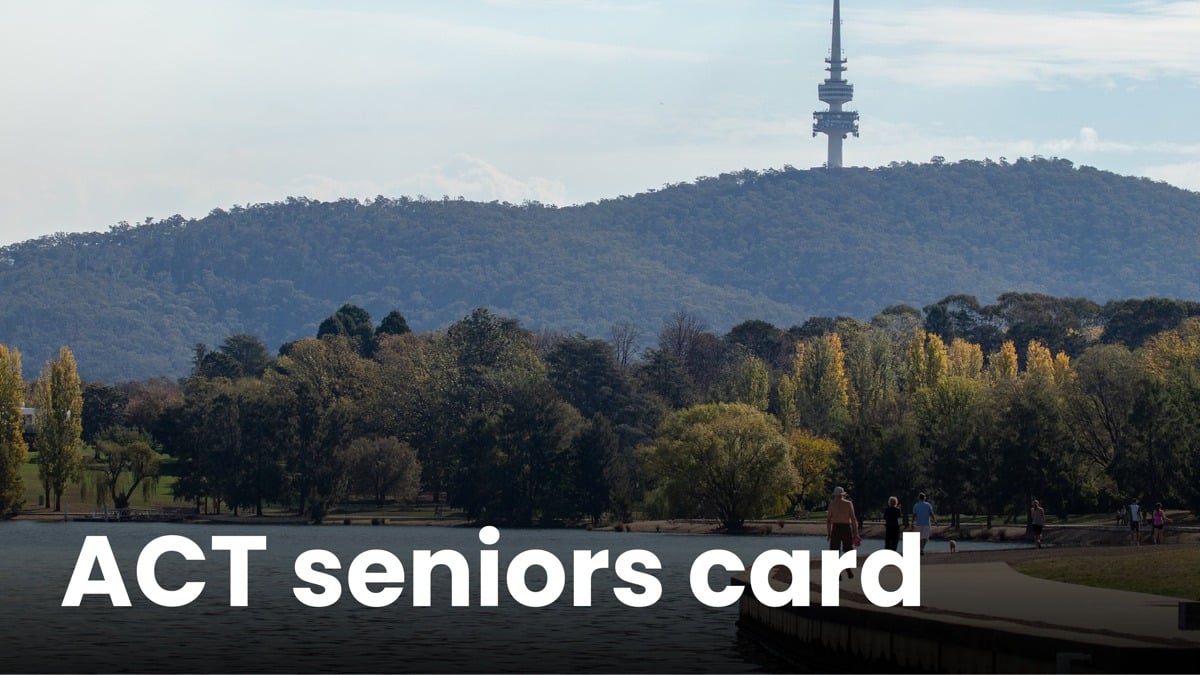
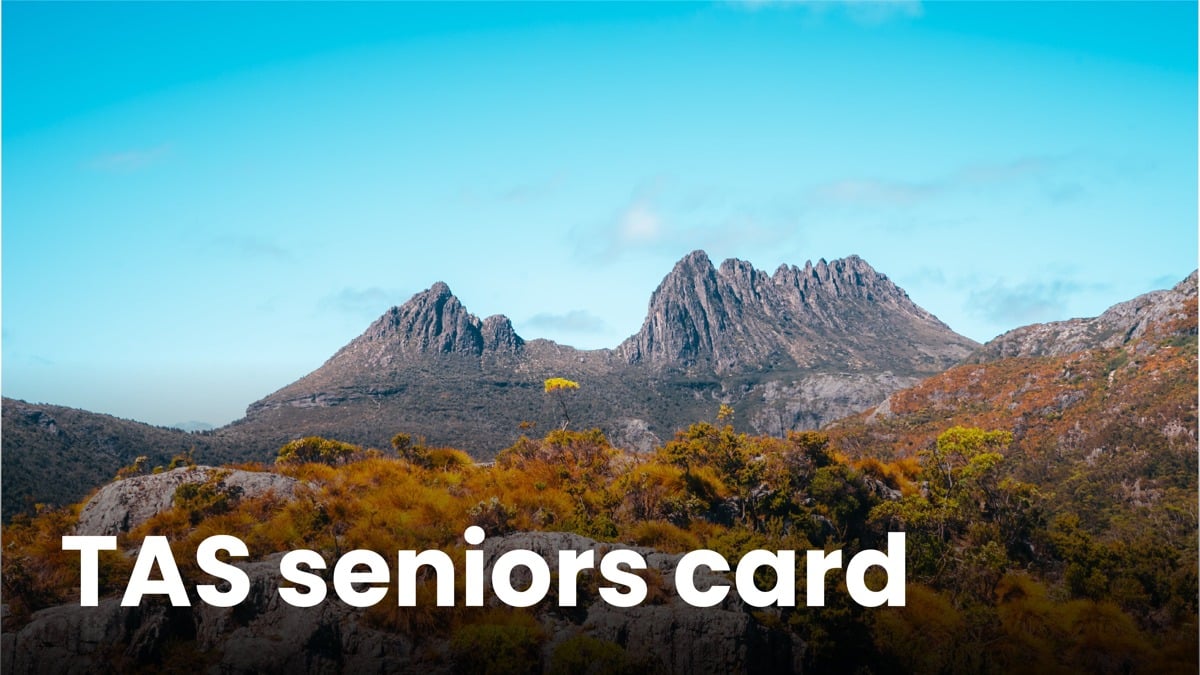
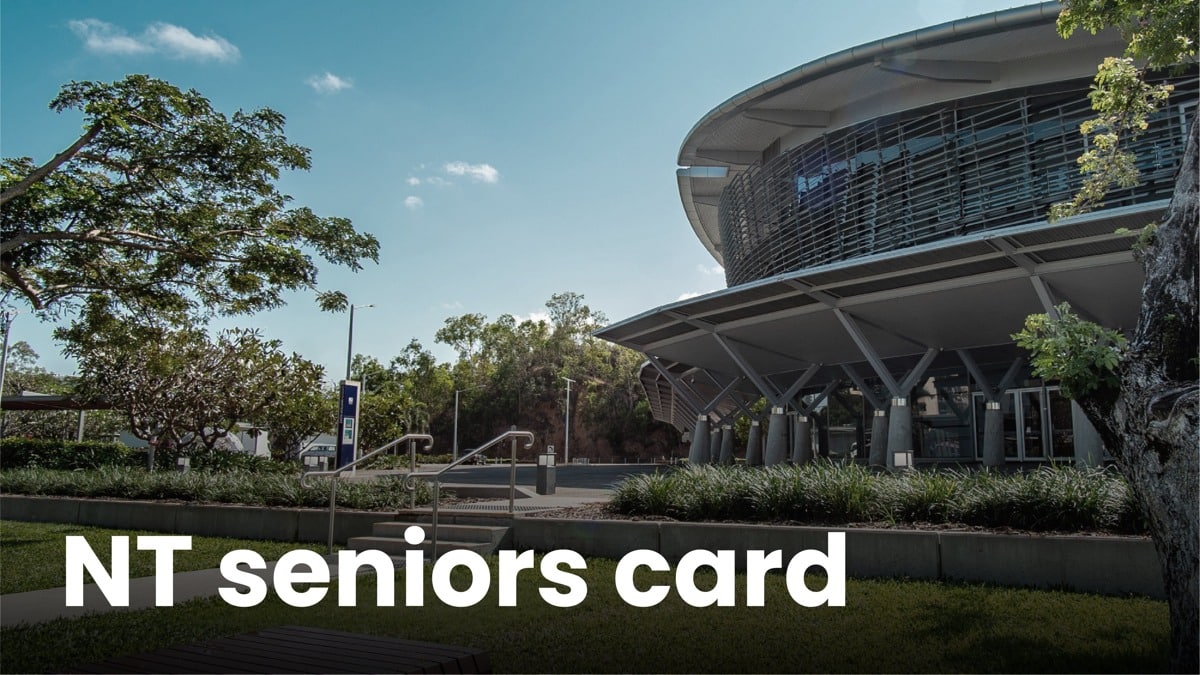




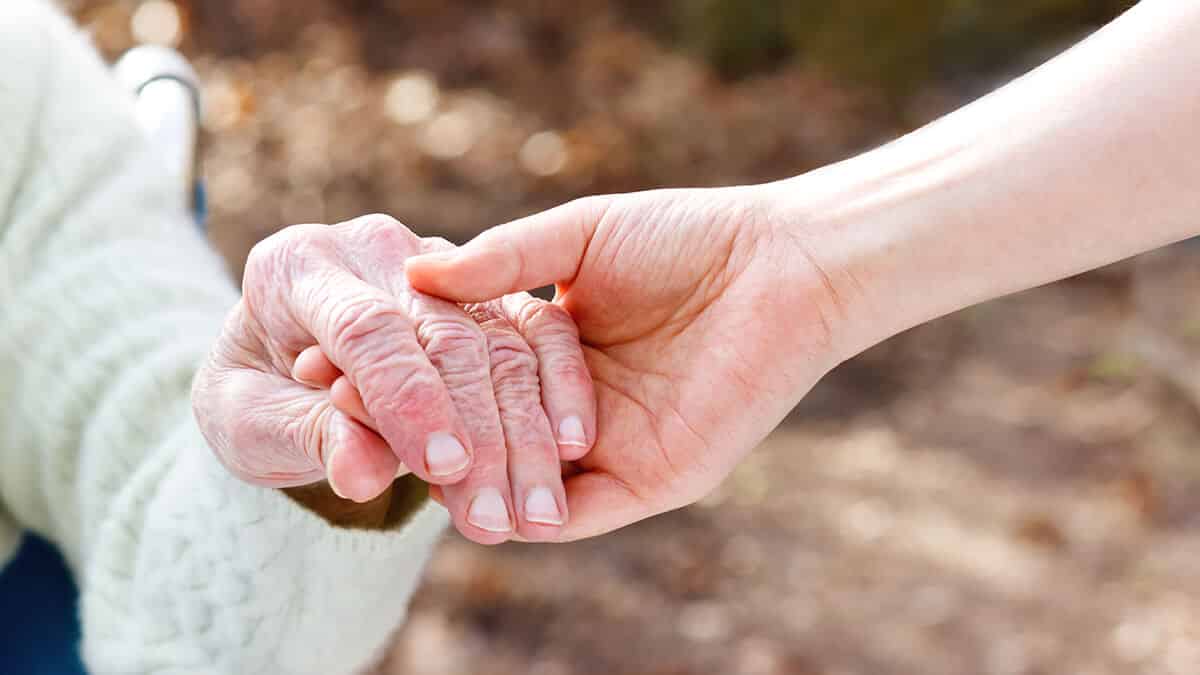

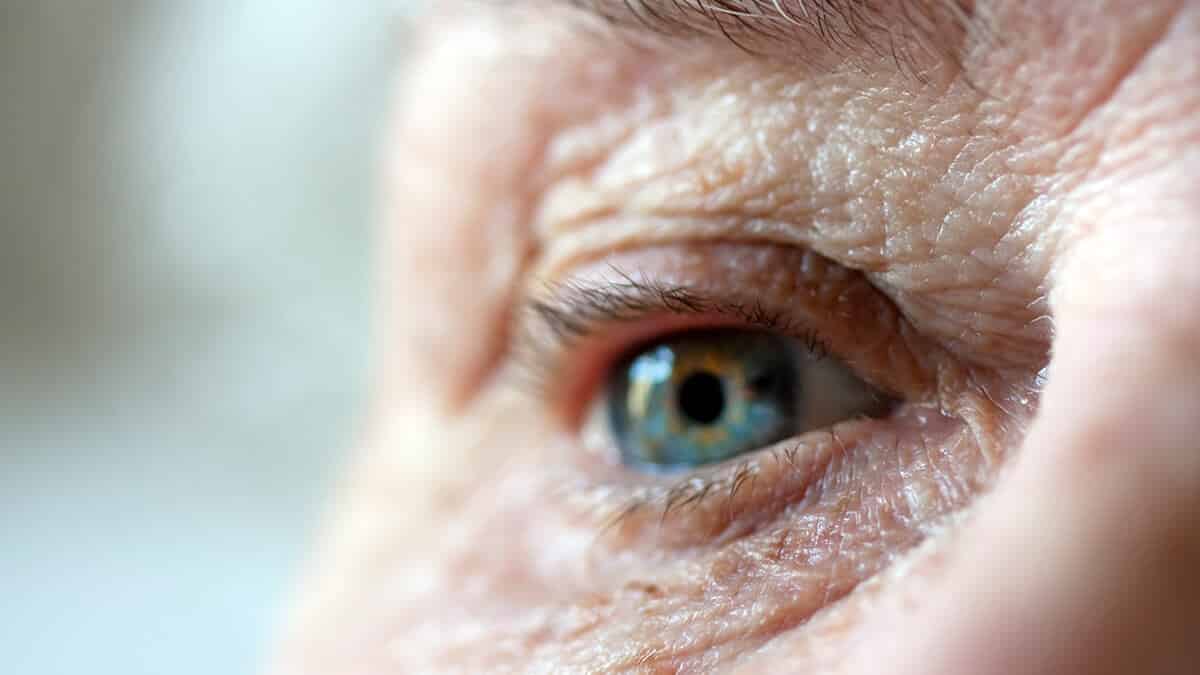
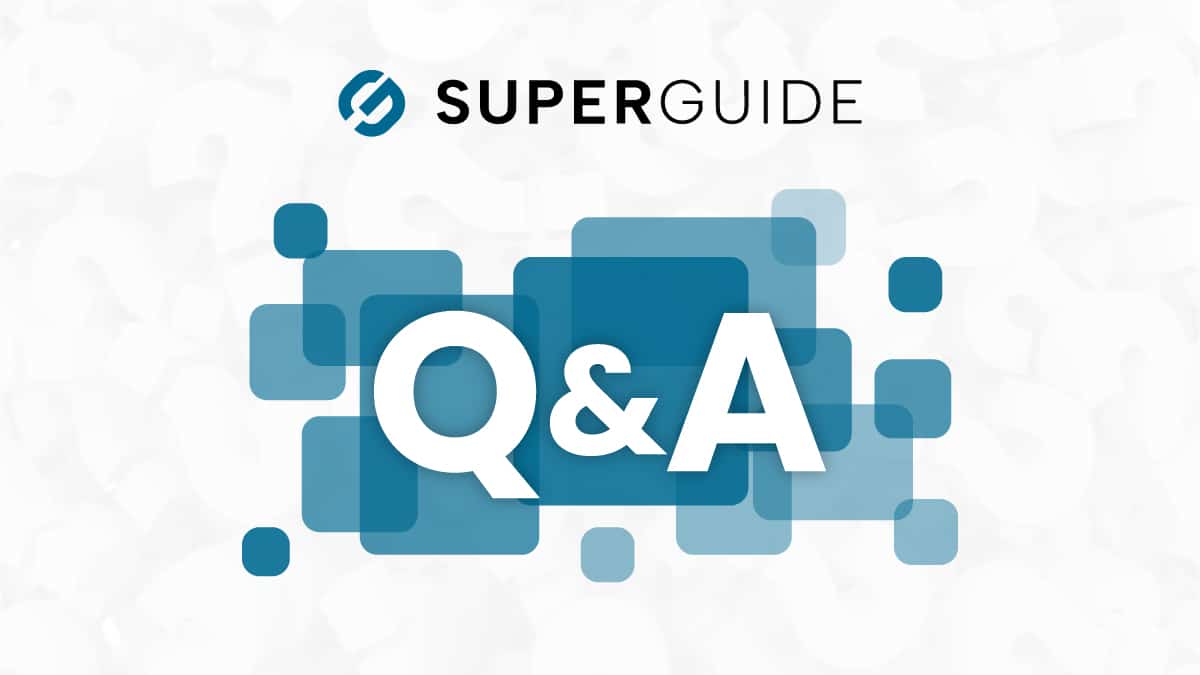
Leave a comment
You must be a SuperGuide member and logged in to add a comment or question.